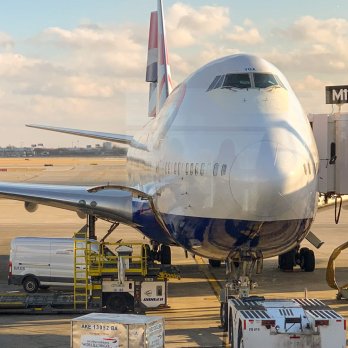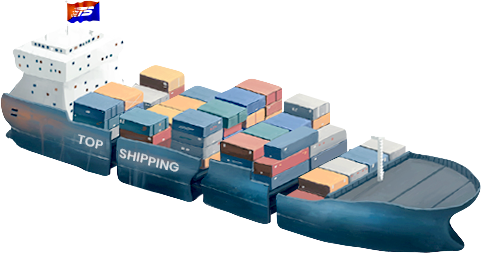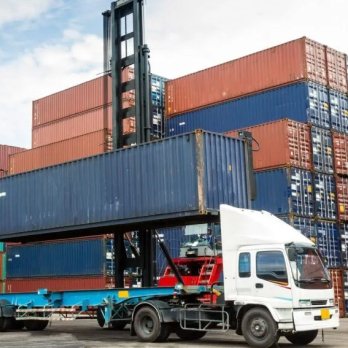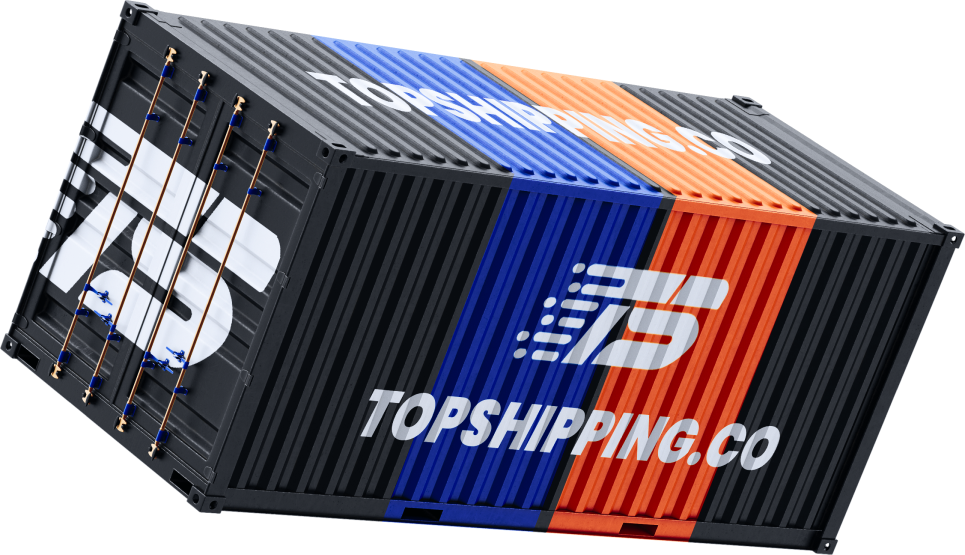

Table of Contents
10Ways to Reduce Shipping Costs for Ecommerce in 2024
Shipping cost contains plenty of variables, and fulfilling orders oneself usually uncovers many unseen costs. Following are a few ways you can possibly reduce your average shipping cost.
Shipping of merchandise by brands to faraway places generally requires a lot of money. A shipping zone refers to one way of measuring distance. For the United States, domestic shipments take place within Zone 1 to Zone 8. Zone 1 is closest to the point of origin, and the higher zones are farther away.
It costs more to ship to a higher zone and it also takes a great deal more time. By not shipping to higher zones, you are saving yourself a bundle over a period of time. Second, companies with several fulfillment centers can give better options at lower rates. Below follows a discussion on strategizing such partnerships. Shipping cost is one of the major factors for any e-commerce business to keep itself profitable by ensuring customer satisfaction. Following are ten ways to save money on shipping costs this 2024:

1-Negotiate with Carriers:
Regularly, negotiate the rates with multiple carriers. Building a good relationship and showing off the volume of shipments will help in getting a better deal.
2-Use a Fulfillment Partner:
Third-party logistics providers can help you lower shipping distances, and consequently, reduce costs, by partnering with a 3PL operating several fulfillment centers. You will be able to ship products from a location closer to the customers.
3-Optimize Packaging:
Use the smallest and lightest packaging possible without compromising product safety. Smaller packages, thanks to dimensional weight pricing, mean smaller costs.
4-Leverage Flat-Rate Shipping:
Flat-rate shipping options by carriers are really economical, especially for heavy items that fall within the size and weight limits of such plans.
5-Implement Shipping Software:
Use shipping software to compare carrier rates, print labels, and track shipments. Automating systems can help determine what is most economical to send out orders.
6-Offer Local Pickup:
If you have a store or warehouse, then avail local pickup of orders whereby customers will come in to personally collect their orders and hence no cost for shipping.
7-Consolidate Shipments:
Consolidate multiple orders, when possible, into a single shipment to save dollars on a per-package basis. This works exceptionally well with customers who buy frequently.
8-Provide Shipping Options:
Provide customers with options for shipping. Most of the time, offering slower, cheaper options next to the faster ones often can lead to savings, as many customers will be willing to wait longer in order to pay less.
9-Audit Shipping Bills:
Regularly audit your shipping invoices for errors and overcharges. Sometimes these may be at the fault of the carriers themselves. These can be rectified, many times resulting in a refund or credit.
10-Incentivize Minimum Order Values:
Encourage customers to meet a minimum order value to qualify for free shipping. This not only covers your shipping costs but increases your average order value as well.
These various options can help e-commerce companies better control and minimize their shipping costs for higher profitability and customer satisfaction.
5 questions that can help save money on shipping
Following are five key questions to drive opportunities for savings to the bottom line on shipping:
Are we using cost-effective carriers to meet our needs?
- Why it helps: The respective carriers offer a range of rates and services. Comparing the shipping rate across multiple carriers routinely will ensure that the best deal is availed for each shipment.
Can we optimize our packaging to reduce dimensional weight costs?
- Why it helps: Shipping cost for many carriers is calculated by dimensional weight-a calculation which includes package size. Smaller and lighter often can mean much lower shipping cost.
Are we offering the right mix of shipping options to our customers?
- Why it helps: This gives customers a choice of shipping options-economic, standard, or express-whatever is most economical and timely to get their order. This can also reduce your shipping cost even further.
Are we getting the best possible rates? Are we taking the advantage of bulk shipping discounts and negotiating the rates with the carriers?
- Why it helps: More often than not, the carriers will give some discount for bulk shipping or when you negotiate based on your shipping volume, which may lead to huge savings.
Does implementing technology streamline and optimize the shipping process?
- Why it helps: Shipping software can automate label printing, compare rates, track shipments, and even audit invoices in pursuit of showing you the most cost-effective methods to send items and help you avoid costly errors.
Revisiting these questions will enable you to find new opportunities for savings in shipping costs and even help you further develop your overall logistics strategy.

TopShipping
With years of experience in logistics and freight forwarding, the author is passionate about making shipping smoother and more efficient.
As a leader at TopShipping, they’ve developed a deep understanding of supply chain management, international shipping rules, and creative logistics solutions. They’re driven by a desire to help businesses succeed by delivering reliable, customer-focused services.
Over the years, they’ve also shared their expertise by writing for various industry publications, offering practical tips and insights on the latest trends in logistics. Thanks to their leadership, TopShipping has become a trusted name for companies looking for hassle-free global freight solutions.
Comment Section
Comment
Write your idea about "How to reduce shipping costs for small business"
















No comments yet.